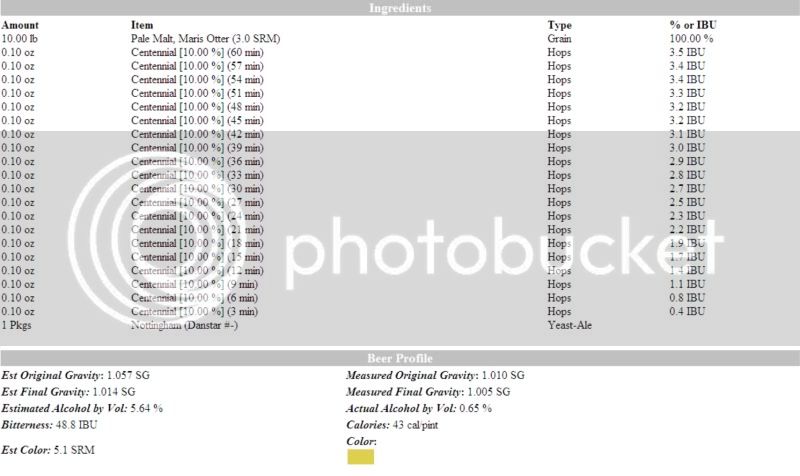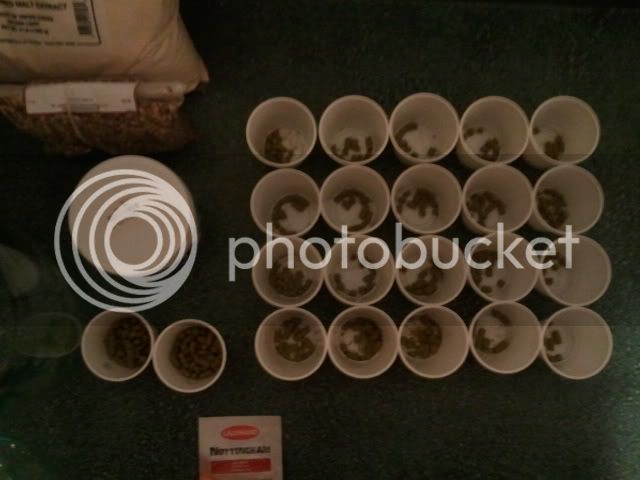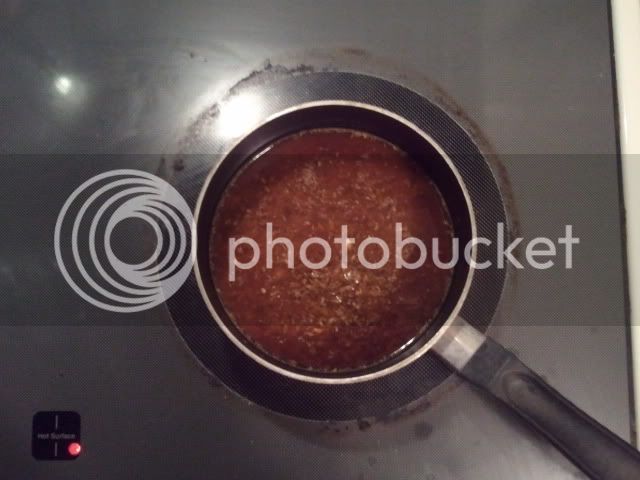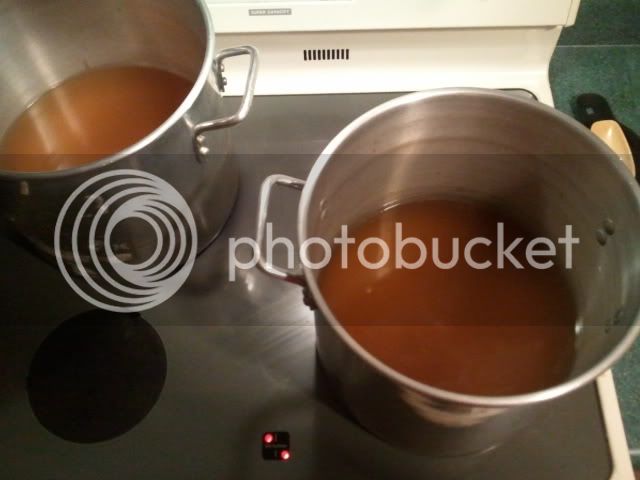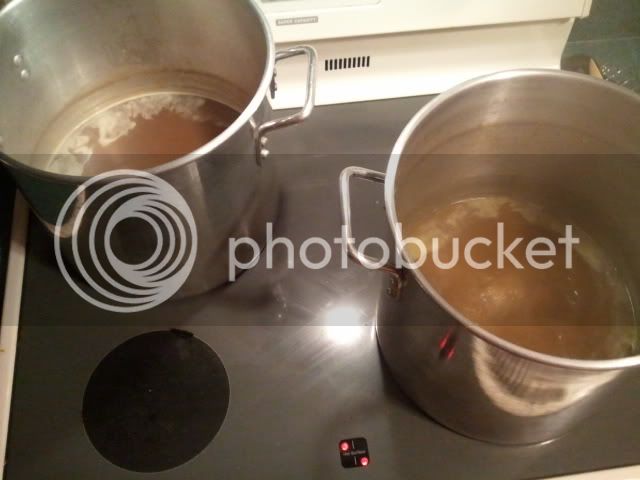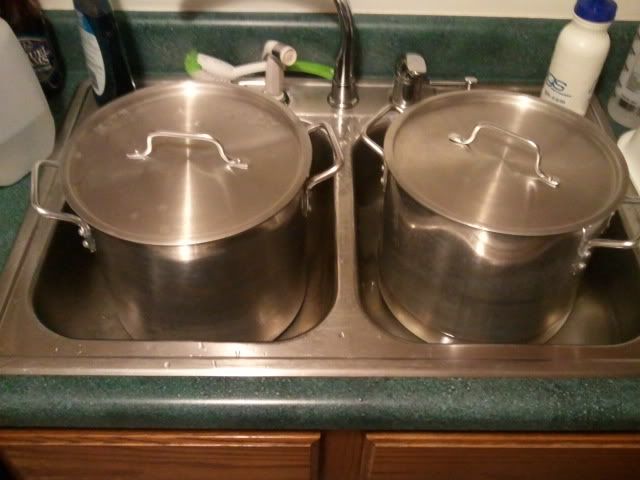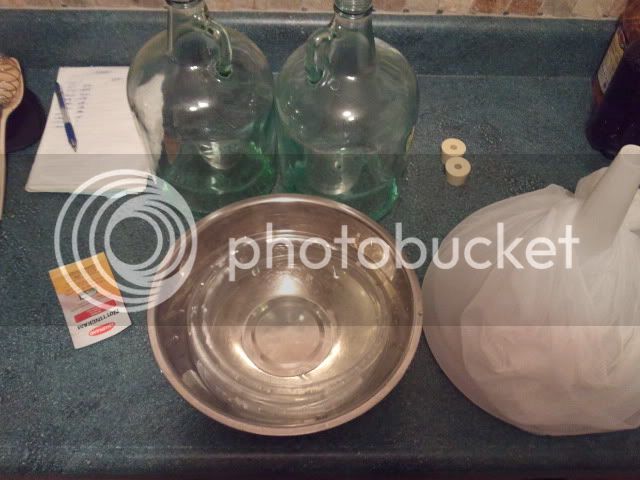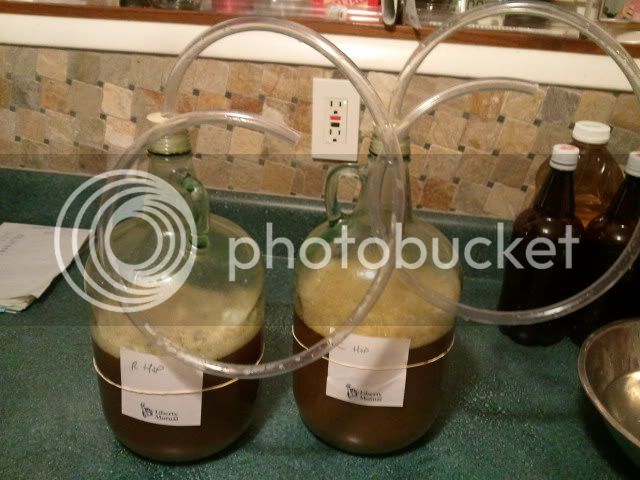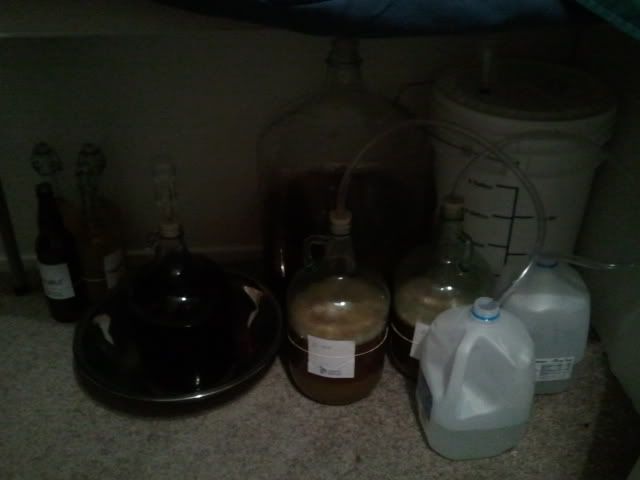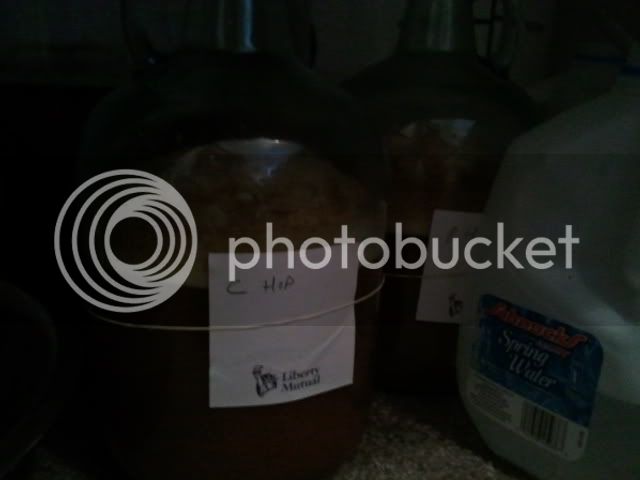Let's start by stating I have 9 days off in a row starting Saturday, time to brew some beers! 
Long story short, I've decided first up on deck will be a Maris Otter / Centennial SMaSH IPA (first time using both). Starting off with a normal hop schedule, I toyed with the idea of hopping continuously every 3 minutes for the 60 minute boil just for the hell of it to see what I would get in the end (Not a stranger to continuous hopping, as long as I have cold beer to drink I'll throw hops at the wort all night long).
I put this together to help visualize:
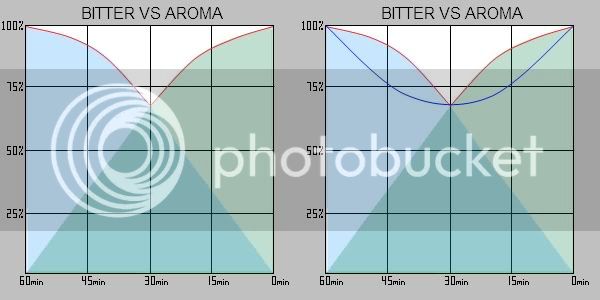
Apologies for my 5th grade art.
Breaking down the chart you have a 60 minute boil, on the left is your bitterness, on the right is your aroma, the bottom of the chart shows the time line of the boil, the left part of the chart shows the bitterness / aroma utilization percentage of the hops based off of when they are added.
My question is, does continuous hopping model the red line on the left chart, or the blue line on the right chart, or am I totally off my rocker here and it's something totally different? It's been described from DFH as creating an all around whole hop utilization to achieve the best of both worlds, but is that really the case here? Per HBT Wiki: "Pioneered by Dogfish Head brewery, this technique involves adding multiple small hop additions throughout the boil to get a full, rounded hop bitterness and flavor"...

Long story short, I've decided first up on deck will be a Maris Otter / Centennial SMaSH IPA (first time using both). Starting off with a normal hop schedule, I toyed with the idea of hopping continuously every 3 minutes for the 60 minute boil just for the hell of it to see what I would get in the end (Not a stranger to continuous hopping, as long as I have cold beer to drink I'll throw hops at the wort all night long).
I put this together to help visualize:

Apologies for my 5th grade art.
Breaking down the chart you have a 60 minute boil, on the left is your bitterness, on the right is your aroma, the bottom of the chart shows the time line of the boil, the left part of the chart shows the bitterness / aroma utilization percentage of the hops based off of when they are added.
My question is, does continuous hopping model the red line on the left chart, or the blue line on the right chart, or am I totally off my rocker here and it's something totally different? It's been described from DFH as creating an all around whole hop utilization to achieve the best of both worlds, but is that really the case here? Per HBT Wiki: "Pioneered by Dogfish Head brewery, this technique involves adding multiple small hop additions throughout the boil to get a full, rounded hop bitterness and flavor"...
















![Craft A Brew - Safale S-04 Dry Yeast - Fermentis - English Ale Dry Yeast - For English and American Ales and Hard Apple Ciders - Ingredients for Home Brewing - Beer Making Supplies - [1 Pack]](https://m.media-amazon.com/images/I/41fVGNh6JfL._SL500_.jpg)









































